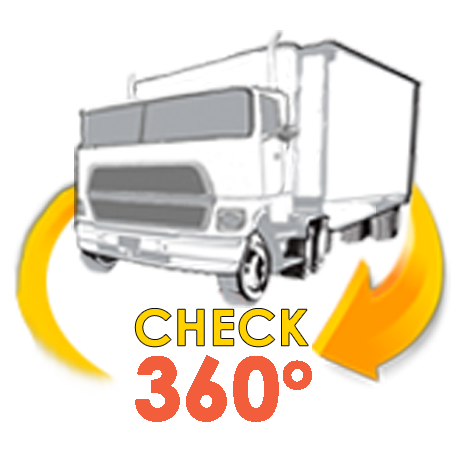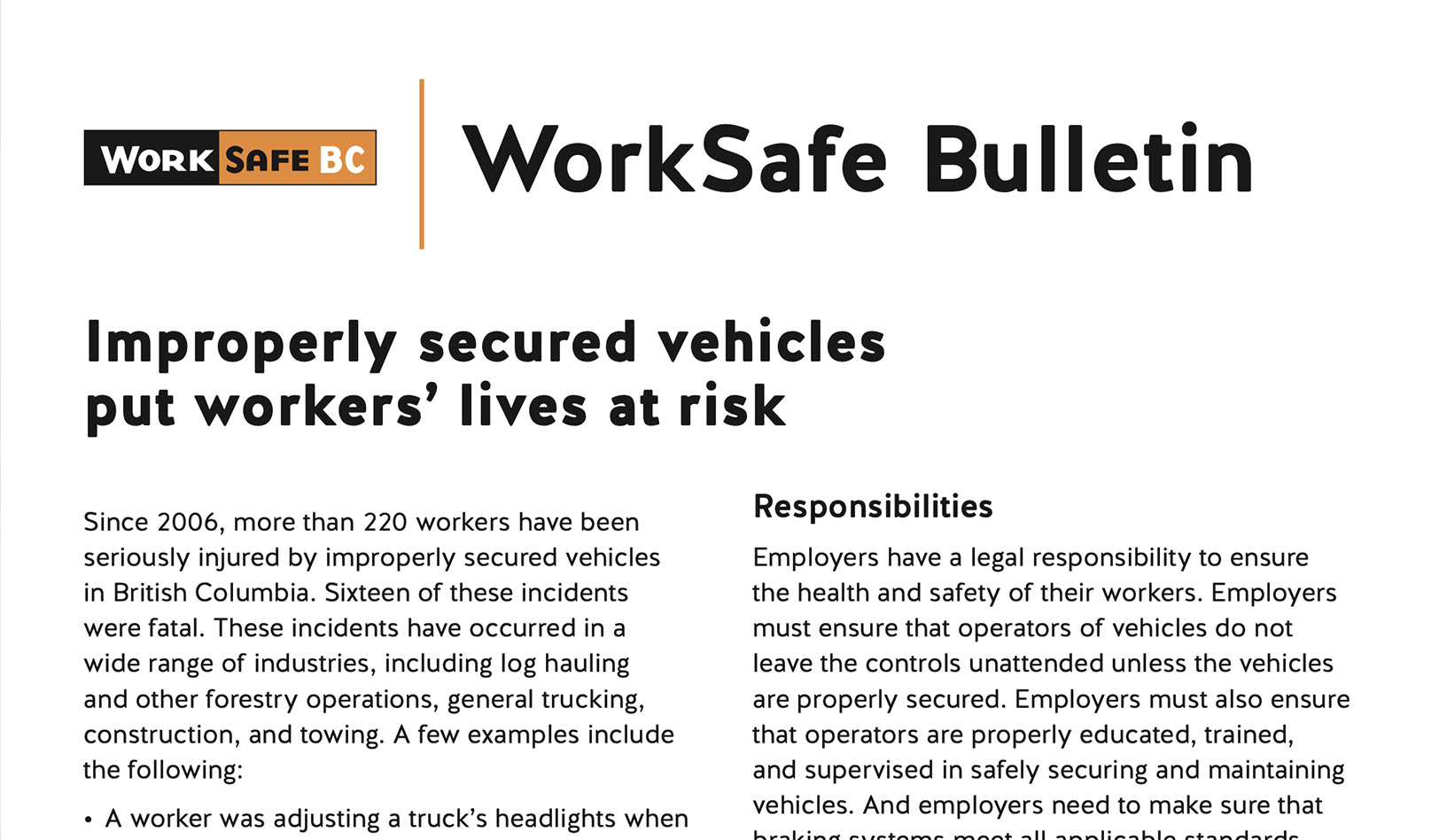When B.C. officially shifts into winter driving, take a look at these resources to ensure the safety of yourself and your workers in these conditions.
Road Safety At Work Links:
Shift Into Winter – Shift into Winter’s portal of online courses provides practical, easy-to-use learning to help you improve road safety in your workplace, including creating a driving safety program, understanding employer road safety obligations, hazard identification, risk assessment, and more.
Assess your road safety program – This short survey from Road Safety at Work and WorkSafeBC will help you evaluate and benchmark your road safety program.
Your guide to winter tires – Shift into Winter’s guide includes winter tire specs, knowing the road signs, minimum legal requirements, stopping distances, winter tire myths, tips on using and buying winter tires, driving in difficult conditions, and more.
12 Factors That Influence Poor Driving Decisions – These factors are sometimes called the Dirty Dozen and include fatigue, complacency, and distraction. Developing successful ways to identify these hazards and creating strategies to prevent them is critical to helping your employees be safer when they drive for work.
New incident and investigation tools now available – When a work-related crash happens, it’s important for your organization to learn why it happened, so it can be prevented from happening again. Use this new tool kit which includes a step-by-step process to follow, as well as forms, checklists, diagrams, sketches and helpful links.
Circle of Safety

– Start vehicle, turn on headlights and left turn signal. Walk clockwise around vehicle and check:
- Each tire for damage, cuts or obvious problems, including low pressure.
- Headlights, taillights and turn signal operation
- Glass and mirror cleanliness and condition
– Look for damage on any part of the vehicle and report it BEFORE driving.
– Check clearances to side, front, back and above and watch for obstacles such as pillars, poles or other vehicles or equipment.
– After arriving back at the driver’s door, click your headlights on high beam, change the turn signal and walk to the back and front to check the headlight high beams and right signal.
– If you have backed in near a fence/wall, check your own brake lights by looking for the reflection when you press the pedal, otherwise, get someone to check for you.
Once you have completed your Circle of Safety check, you can re-enter your vehicle and begin your journey!
Checklist:
LIGHTS Do you have adequate lighting in and around your vehicle?
TAILGATES Do you have adequate traction on your tailgate to prevent slips, trips and falls?
MAINTENANCE Are your tires and brakes in good working condition?
WHEELCHOCKS Check our info sheet below for best practices.
Actsafe’s wheel chock Info Sheet explains the best practices regarding the selection and use of wheel chocks to assist in securing parked vehicles from unexpected movement.
WorkSafeBC’s bulletin highlights incidents across multiple industries that occurred when precautions were not taken when working on or around parked vehicles. It also reminds employers of their responsibilities and outlines safe work practices for both employers and drivers.



Share Now: